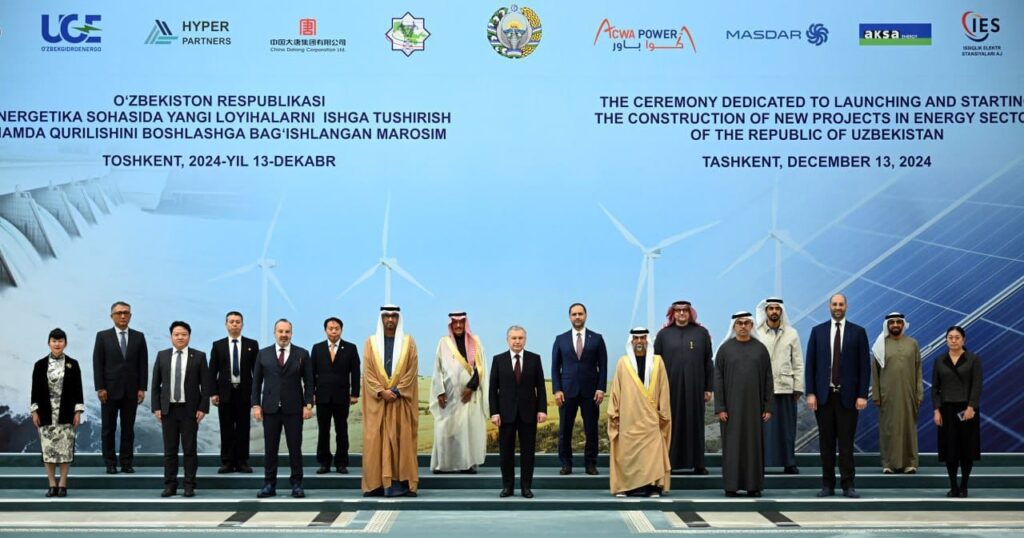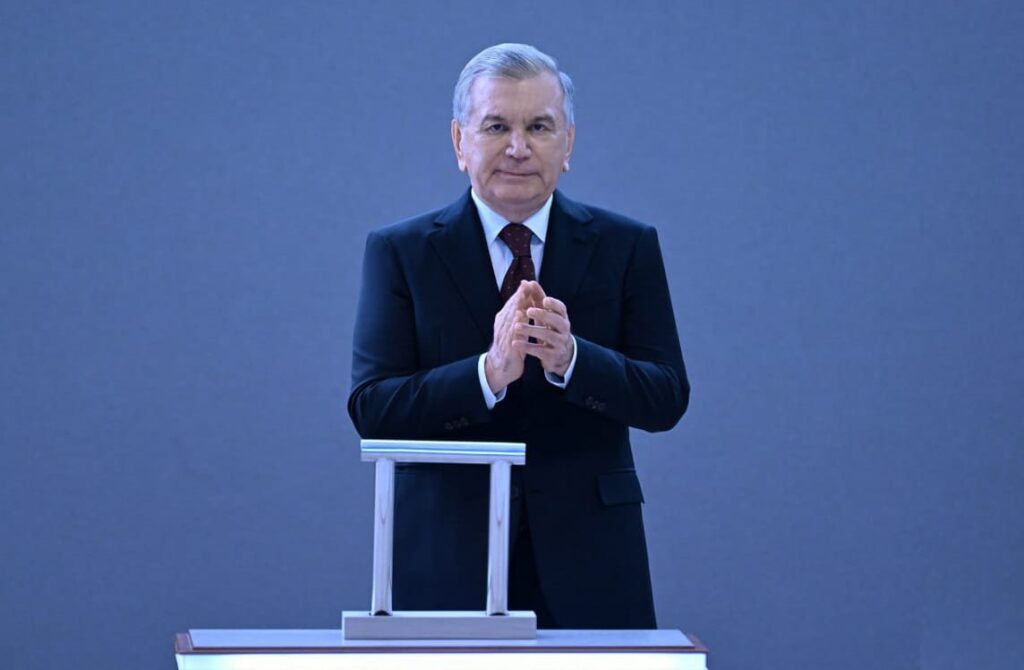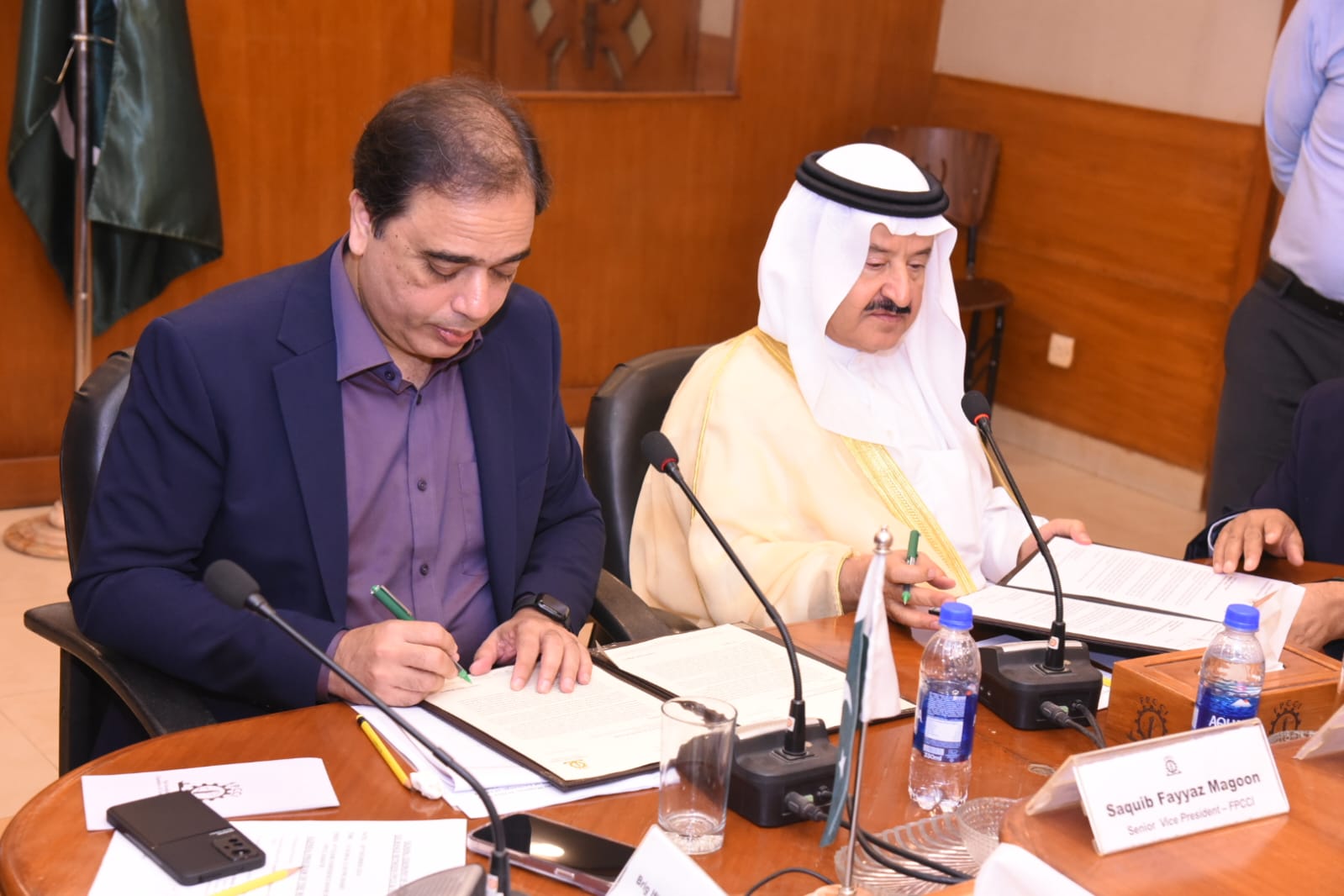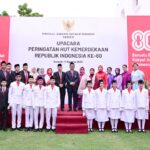The event marked a significant milestone
in the country’s ongoing efforts
to strengthen its energy infrastructure
By: Zahid H. Karani

Tashkent: President Shavkat Mirziyoyev of Uzbekistan inaugurated 18 new energy facilities and initiated the construction of six additional projects during a ceremony on December 13. The event marked a significant milestone in the country’s ongoing efforts to strengthen its energy infrastructure.
Major Investments in Uzbekistan’s Energy Sector
The 24 projects, with a combined investment of over $7 billion, include five solar and wind power plants across Bukhara, Navoi, Namangan, and Tashkent regions, adding a total capacity of approximately 2.3 gigawatts. Additionally, five high-voltage substations have been integrated into the national grid.
For the first time, Uzbekistan introduced an energy storage system with a capacity of 300 megawatts in Andijan and Fergana. A 400-megawatt power plant in Kashkadarya and a modern cogeneration plant in Tashkent were also commissioned. Furthermore, four small hydroelectric plants became operational in Andijan, Surkhandarya, and Tashkent regions.
Sustainable Energy Expansion
Construction has commenced on six energy facilities in Fergana, Samarkand, Navoi, and Tashkent regions, as well as in Tashkent city. These initiatives aim to produce an additional 9.5 billion kilowatt-hours of electricity annually, save 2.5 billion cubic meters of natural gas, and reduce harmful emissions by 4.6 million tons.
The projects will provide uninterrupted, clean energy to over 4 million households, enabling $4 billion in economic value creation across various sectors.
Renewable Energy Targets
President Mirziyoyev announced ambitious goals to expand renewable energy capacity to 19,000 megawatts by 2030, with renewables contributing 54% of the energy mix. By 2025, Uzbekistan plans to launch 18 solar and wind power plants with a capacity of 3,400 megawatts, alongside energy storage systems totaling 1,800 megawatts.

Foreign Investments and Green Energy Growth
The President highlighted Uzbekistan’s success in attracting $20 billion in foreign direct investment for the energy sector over the past five years. Notable contributors include companies from the UAE, Saudi Arabia, Türkiye, China, and Germany, alongside global institutions such as the World Bank, the Asian Development Bank, and the European Bank for Reconstruction and Development.
These investments have facilitated the addition of 3,500 megawatts of solar and wind capacity, generating 10 billion kilowatt-hours of electricity annually. Green energy now accounts for 16% of Uzbekistan’s total energy production.
Future Plans and International Cooperation
The government is focused on liberalizing the electricity market and attracting $4 billion for modernizing energy distribution networks. Public-private partnerships are being introduced, with the first project in Samarkand region already underway.
International cooperation is also expanding. Agreements with Kazakhstan, Azerbaijan, and Saudi Arabia will support the joint export of green energy to Europe. A regional energy stability platform has been launched in collaboration with neighboring countries.
Commitment to a Sustainable Future
President Mirziyoyev reiterated his commitment to reducing harmful gas emissions by 35% under the Paris Agreement by 2030. He emphasized that the energy sector’s transformation will not only drive economic growth but also ensure a sustainable future for future generations.
“Today’s event opens a new page in our country’s energy history. These projects will not only fuel economic growth but also pave the way for an environmentally friendly and sustainable future,” said President Mirziyoyev.























